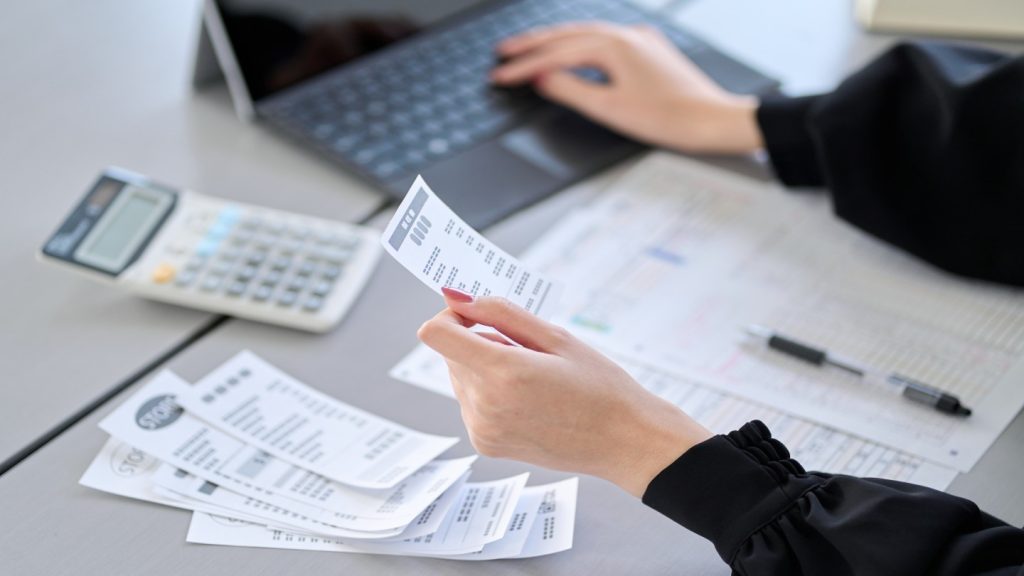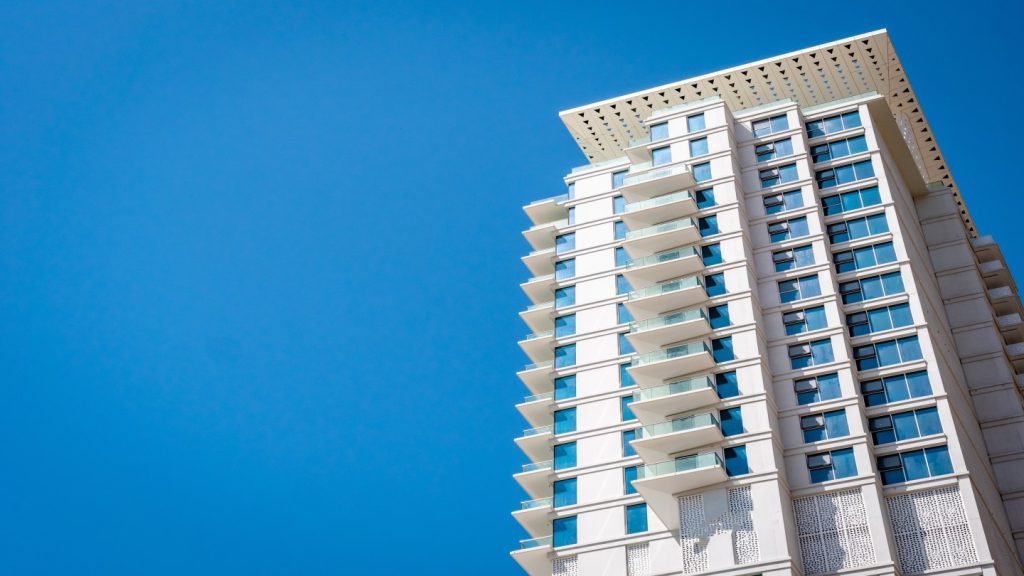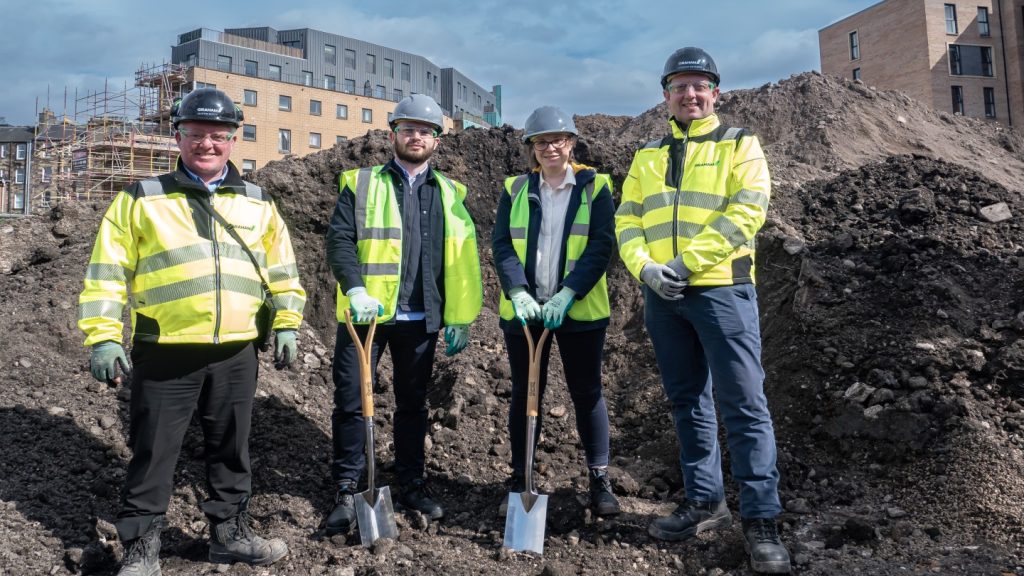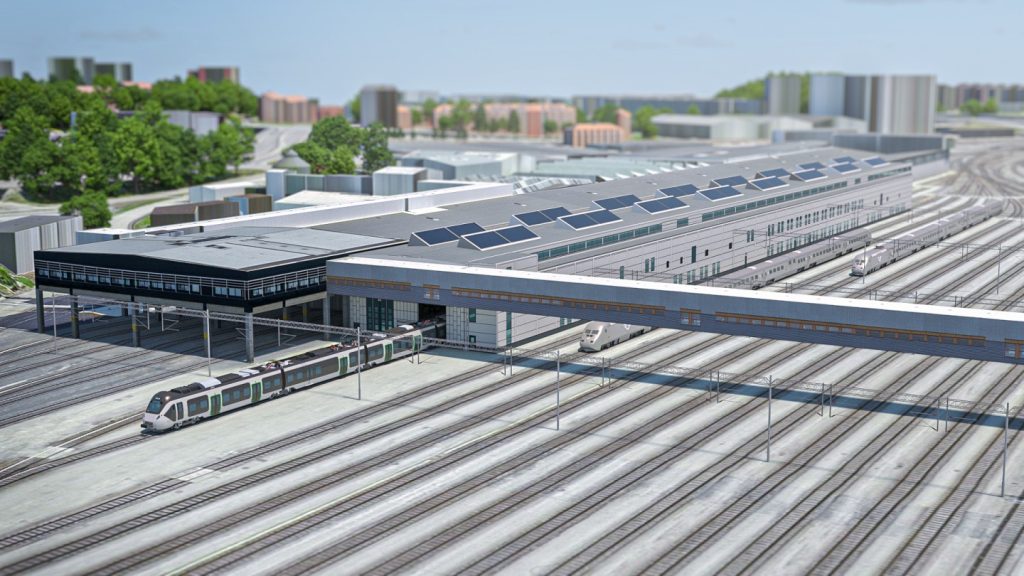The South Korean economy surpassed its pre-pandemic level in Q1 of this year, according to the advance estimates of the Bank of Korea, becoming one of the first developed economies to achieve the feat. Despite inevitably suffering over the course of the pandemic, the Korean economy remained remarkably resilient in comparison to similar economies in the region, contracting marginally by 1%. The recovery occurred sooner than many expected, with real GDP rising to KRW470.8 trillion in Q1, a quarterly growth rate of 1.6%, surpassing the widely held Q2 2021 recovery estimate.

Real GDP had recorded successive growths since its 3.2% quarterly contraction to KRW448.2 trillion in Q2 2020, expanding by 2.1% and 1.2% QoQ in Q3 and Q4 respectively. However, the recovery has not been universal, being driven primarily by increasing goods exports and resilient growth in private gross fixed capital formation (GFCF). Goods exports had exceeded their pre-pandemic highs as early as Q4 2020, recording a year-on-year (YOY) growth of 3.6% in the quarter, rising further in Q1 2021. Korea’s relatively narrow manufacturing base has benefitted the economy over the pandemic, with Korean firms taking full advantage of the surge in demand for semiconductors, consumer electronics and automotives. Private gross fixed capital formation exhibited steady growth despite the pandemic, recording YOY growth in every quarter since the crisis began, which is not unsurprising given the low real interest rates over the period.
In contrast, construction and household consumption remain depressed. Construction expenditure decreased by 2.5% YOY in Q1 2021, falling to KRW66.4 trillion, following successive contractions since Q2 2020. While Korea has avoided the strict national lockdowns seen in other nations, general disruption and increased uncertainty are likely to have contributed to the downturn. Household consumption has been muted since the start of 2020, with consumer confidence impacted by the pandemic and unemployment elevated. A contraction of 5.1% YOY in Q1 2020, was followed by contractions of 4.1%, 4.5% and 6.8%, in Q2, Q3 and Q4 respectively. Though due to the low base in Q1 2020, a 1.1% YOY growth in Q1 2021, in combination with the return to optimism seen in the Composite Consumer Sentiment Index in March and April, suggests household consumption is likely to recover sooner rather than later.

How well do you really know your competitors?
Access the most comprehensive Company Profiles on the market, powered by GlobalData. Save hours of research. Gain competitive edge.

Thank you!
Your download email will arrive shortly
Not ready to buy yet? Download a free sample
We are confident about the unique quality of our Company Profiles. However, we want you to make the most beneficial decision for your business, so we offer a free sample that you can download by submitting the below form
By GlobalData







Related Company Profiles
The Bank of Korea